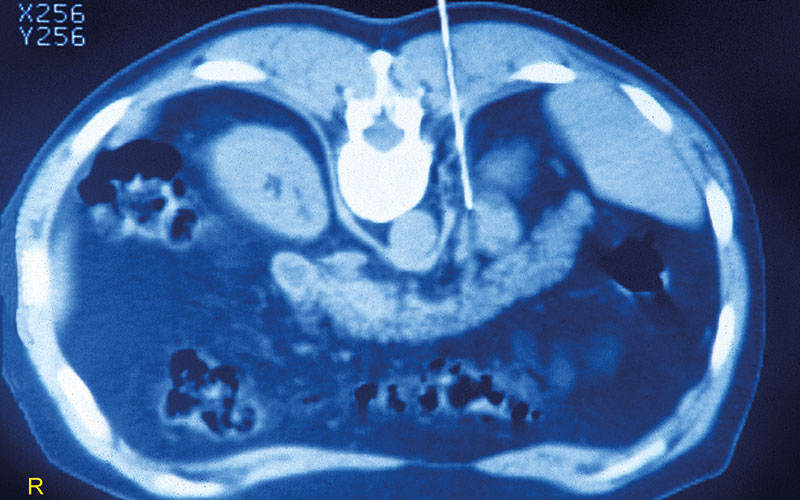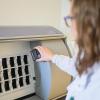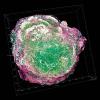Using a single-needle biopsy and new technology for tumour diagnosis, researchers have been able to provide a more detailed and wider window into cancer biology, tumour type and the mechanisms of response and resistance to therapy than with conventional approaches.

The new method analyses the combination of tumour genetic material with deep protein and phosphoprotein characterisation using a single-needle core biopsy from a patient’s tumour. This type of proteogenomic analysis had only been possible before with much larger tissue samples taken at surgery and shows promise for future use in clinical application.
Dr Steven Carr, co-corresponding study author, said: “Typically, patient tumour biopsies are about one-fifth the size of what is needed for proteogenomics analyses, so we invested considerable effort to identify methods to successfully ‘microscale’ the process to match the smaller amount of material obtained in the routine diagnostic setting and, importantly, not sacrifice depth of coverage of the proteome and phosphoproteome.”
The scientists applied the methods to a pilot study designed to evaluate the feasibility of proteogenomic profiling before and 48 to 72 hours after initiating ErbB2-targeting chemotherapy.
They expected to gain insights into the variability of outcomes after treatment by assessing the ability of ErbB2 antibodies to inhibit the drug target.
The test of the micro-scaled technology provided large amounts of data from the tumours, revealing fundamental insights into the diverse elements that drive tumour responses, including those from the tumour immune microenvironment. The test served as proof of principle that these technologies have promise for precision medicine, meaning they can be used to examine individual tumours and find precise treatment plans.
Image credit | Alamy




